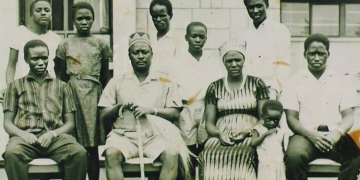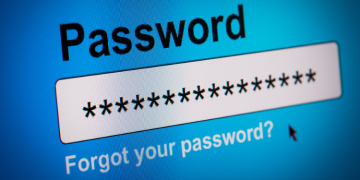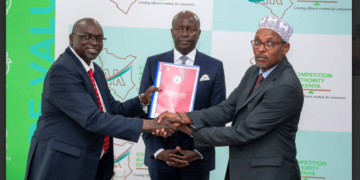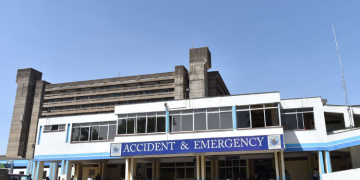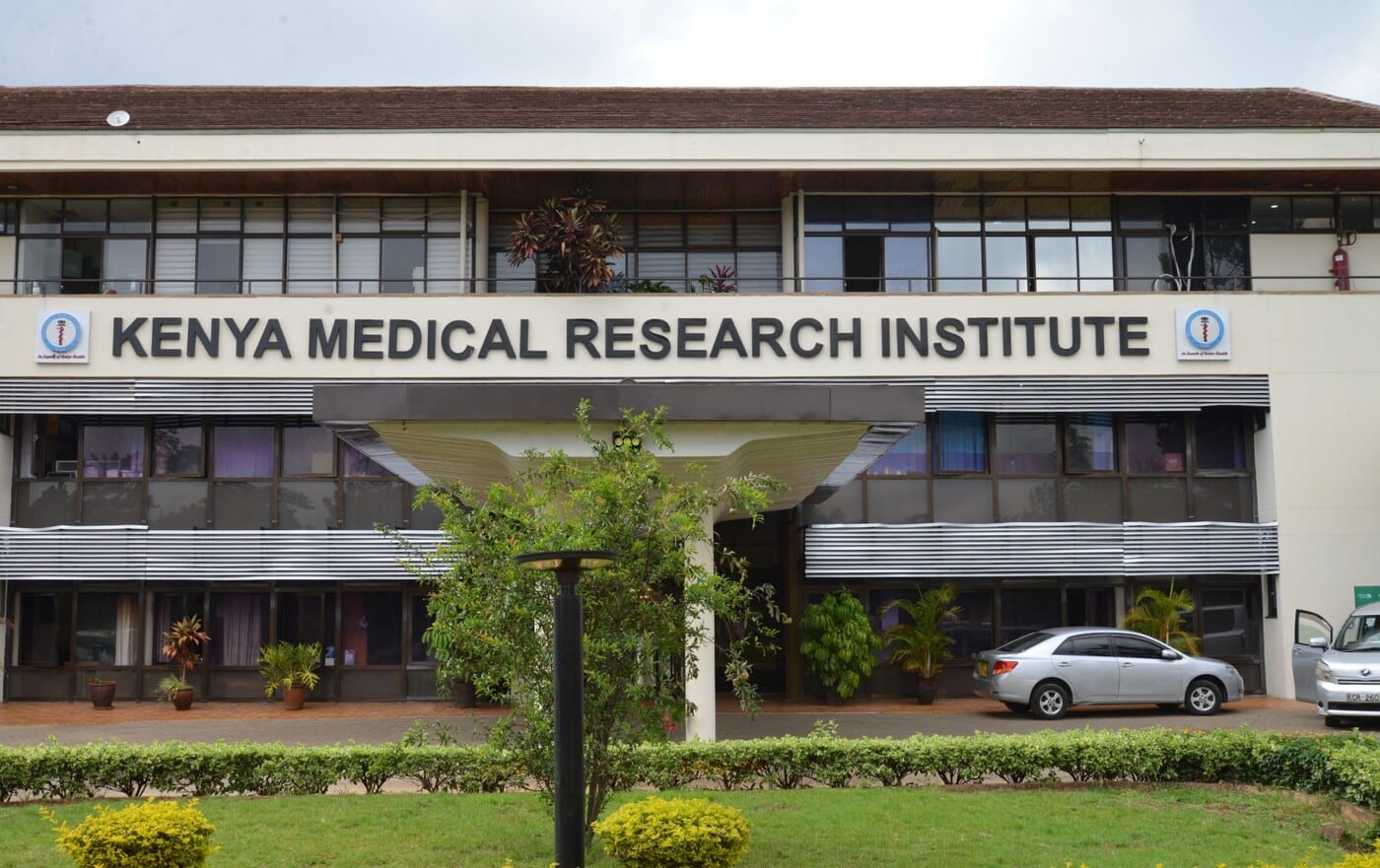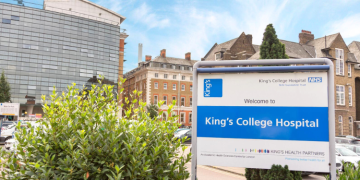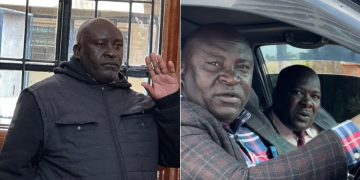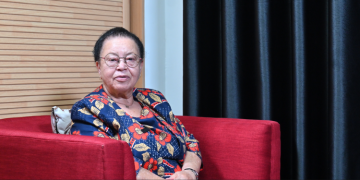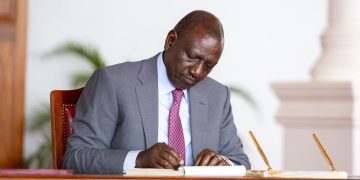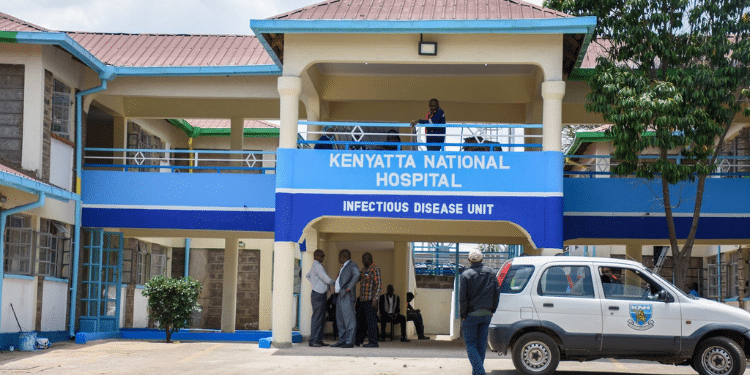Kenyatta National Hospital (KNH), Kenya’s largest referral and teaching hospital, plays an important role in critical treatment.
However, many Kenyans are unaware of how admission at the facility works, and sometimes show up without the necessary documents or understanding of procedures.
According to the hospital policy, KNH is a referral-only facility, meaning most patients cannot walk in for treatment without being referred by another healthcare provider.
This means that the hospital handles non-emergency cases strictly through referrals, and anyone seeking treatment at KNH must first visit a lower-level health facility, such as a dispensary, health centre, or county hospital, where a clinician can assess their condition.
Also Read: KNH Conducts One-of-a-Kind 8-Hour Historical Delicate Surgery
If the facility is unable to provide the required treatment or equipment, the attending doctor will issue a referral letter, which the patient presents at KNH.
Upon arrival, the patient is guided through the admissions desk, where their documents are reviewed.
Depending on the urgency, they may be scheduled for same-day care, future appointments, or, in some cases, placed on a waiting list.
Cases Where KNH Treats Patients Without Referrals
On the other hand, in emergency situations, patients can be attended to at the hospital’s Accident and Emergency (A&E) Unit, which operates 24 hours a day.
For emergency cases, such as trauma injuries or women in active labour, patients are first stabilised and admitted immediately, followed by documentation and administrative processing.
After the patient is seen by a doctor at the A&E unit, a proper medical diagnosis is conducted. Based on the doctor’s assessment, the patient may then be recommended for formal admission into the hospital wards for further treatment.
Furthermore, for patients needing wheelchairs to move within the hospital, caregivers are required to leave an identification document, such as a National ID or Passport, with hospital staff.
The document is returned once the wheelchair is brought back in good condition.
When coming for admissions, patients are required to bring a referral letter (for non-emergency cases), Identification documents (ID or Passport), NHIF card or insurance details and Copies of medical records or test results
Also Read: KNH Announces Vacancies – How to Apply
Discharge Process
The discharge process begins once the attending doctor completes the case summary for the patient.
The ward nurse then initiates the billing process, which is compiled and sent to the Malipo Centre for clearance.
Also, patients or their families must clear any outstanding hospital bills before discharge is finalised.
The admission and discharge fees vary depending on the patient’s condition, treatment received, and duration of stay.
Follow our WhatsApp Channel and X Account for real-time news updates.







